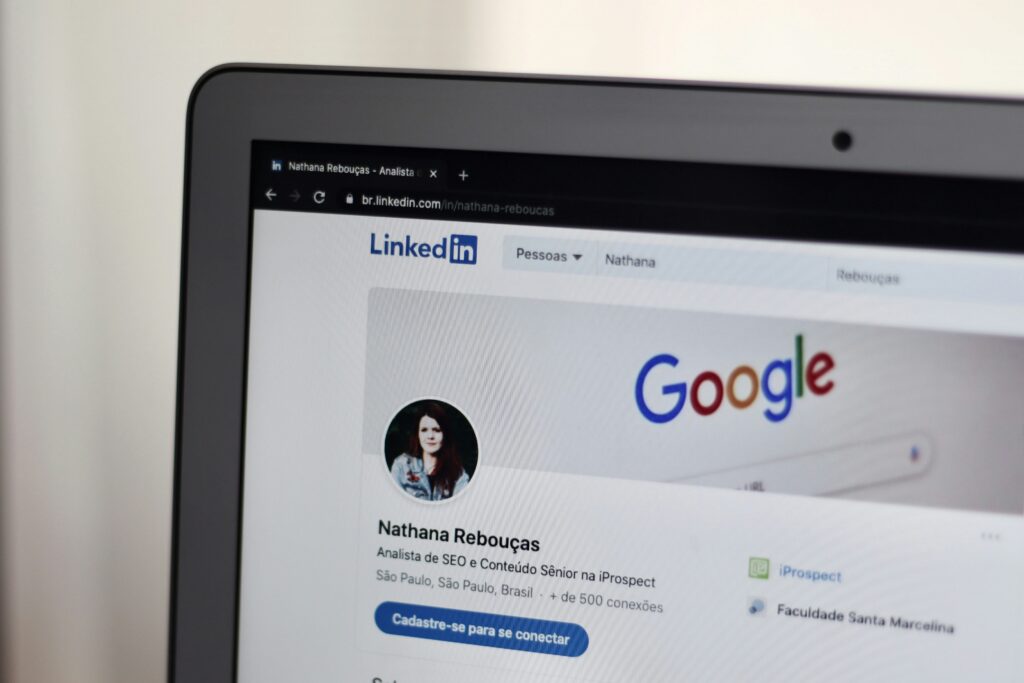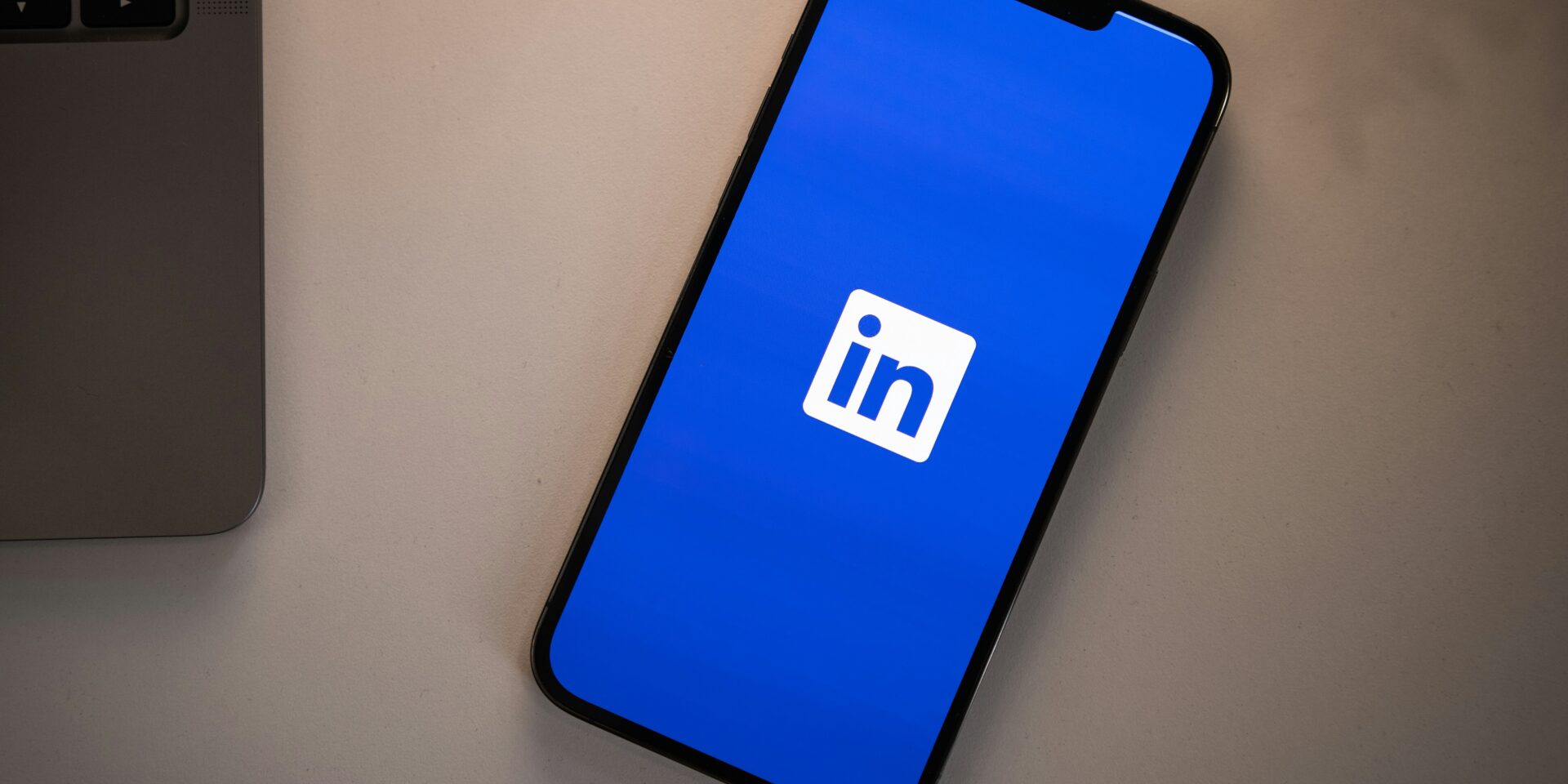The Ultimate Guide to LinkedIn Optimization for Career Growth
In today’s professional landscape, LinkedIn is more than a digital resume, it’s a dynamic platform for networking, personal branding, and unlocking new career opportunities. Whether you’re a student entering the job market, a researcher seeking collaborators, or a seasoned professional looking to pivot careers, optimizing your LinkedIn profile can dramatically enhance your visibility and credibility.
Think of LinkedIn as your personal career stage. With the right structure, tone, and strategy, you can tell your story compellingly and connect with people who matter most to your goals.
Table of Contents
Why LinkedIn Optimization Matters
Most recruiters, hiring managers, and peers will Google your name, and your LinkedIn profile is often one of the top results. A well-optimized profile doesn’t just look good; it opens doors.
“LinkedIn isn’t just about job hunting. It’s a visibility engine for professionals and thought leaders alike.”
— Donna Serdula, LinkedIn Expert and Author of "LinkedIn Profile Optimization for Dummies”
Optimizing your profile ensures that when someone does find you, they get the best possible impression of your professional identity.
Crafting a Profile That Works
There are three key areas to focus on when optimizing your LinkedIn presence:
- Headline & Summary: Go beyond your job title. Your headline should reflect your expertise and aspirations (e.g., “Data-Driven Marketing Strategist | Helping Brands Scale with AI”). Your summary should offer a brief narrative of your career journey and value proposition.
- Experience & Education: Make each section scannable. Highlight achievements and use metrics where possible. Align these with your resume and personal website.
- Skills & Recommendations: Prioritize skills that reflect your niche. Actively seek endorsements and recommendations that reinforce your credibility.
“A strong LinkedIn summary is like a cover letter—concise, engaging, and full of personality.”
— William Arruda, Career Branding Expert
Engaging With Your Network
Posting regularly (once or twice a week) shows you're active and adds depth to your professional persona. Consider sharing personal reflections, commentary on industry trends, or highlights from articles and events.
Avoid over-posting or sharing irrelevant content. LinkedIn’s algorithm favors value-driven and authentic engagement.

Using LinkedIn to Grow Your Career
LinkedIn isn’t just static, it’s an active space to grow your network and surface new opportunities:
- Follow leaders in your industry and interact with their content.
- Join relevant LinkedIn groups to stay updated and visible.
- Use the “Open to Work” feature selectively if needed.
“LinkedIn allows you to build social proof. When people see you’re connected, endorsed, and engaged—it builds trust instantly.”
— Brenda Meller, LinkedIn Strategist
You can also use LinkedIn to showcase your personal website, adding it to your Featured section, About, and Contact areas. This drives traffic to your full portfolio or academic page and ties together your online presence.
Promote Your Website with LinkedIn
If you have a personal site, LinkedIn becomes a powerful amplification tool. Feature it prominently to direct visitors toward a more complete representation of your work, publications, or services.
Whether you’re a student, researcher, or freelancer, your site provides context and depth that LinkedIn alone cannot. Combining both platforms creates a seamless professional brand that’s easy to discover and hard to forget.
Best Practices for Sustained Growth
You can treat LinkedIn as your personal online brand. It’s an active space to grow your network and surface new opportunities:
- Stay active and consistent with updates.
- Keep your profile photo and headline current and aligned with your goals.
- Use relevant keywords to appear in recruiter searches.
Conclusion: Your LinkedIn Is Your Career Billboard
In the digital era, your LinkedIn profile is often the first handshake you make. With the right optimization, it becomes more than a placeholder, it’s a career-building engine. Your future employers, collaborators, and opportunities are just one connection away.
FAQs
There are a few common pitfalls to steer clear of:
At least once a quarter or after significant changes (new roles, publications, projects).
Only if they are relevant to your field or aligned with your networking goals.
Very important. It makes your profile easier to share and more professional (e.g., linkedin.com/in/yourname).
Yes—if they demonstrate initiative, creativity, or transferable skills.
Avoid overly personal, controversial, or irrelevant content. Stay value-driven and professional.
